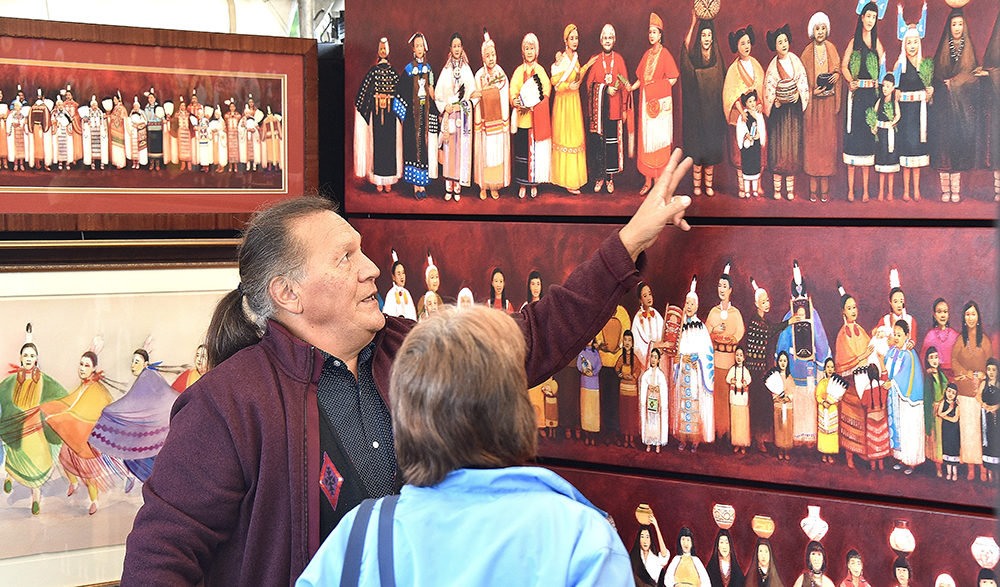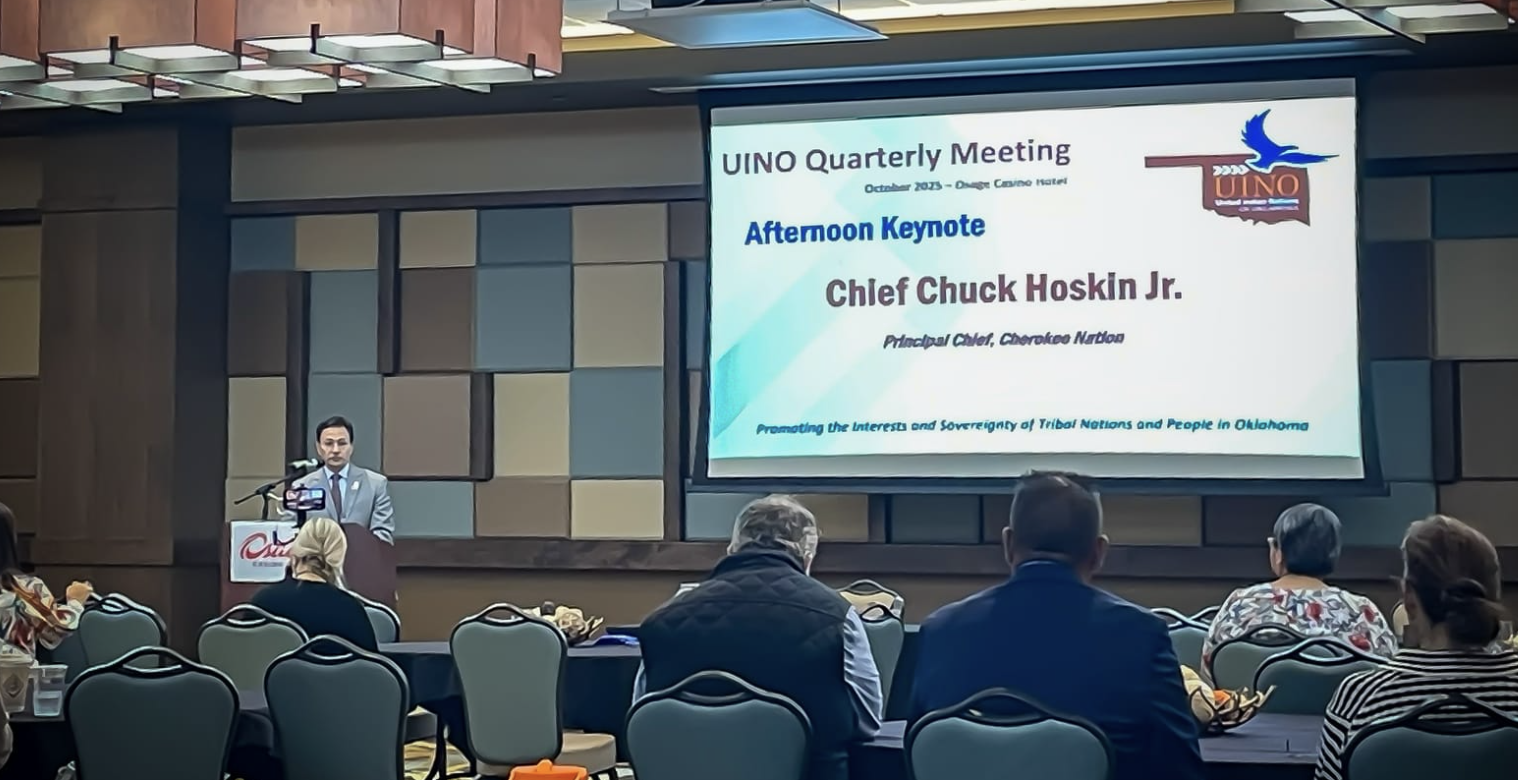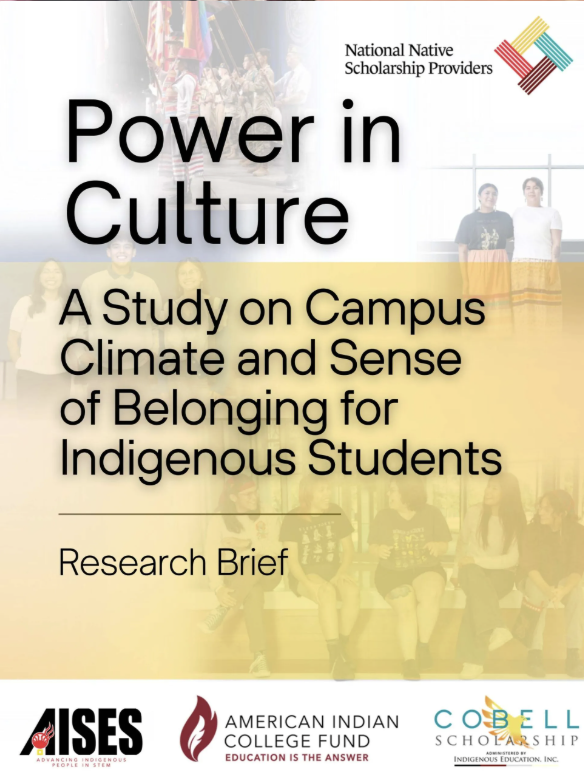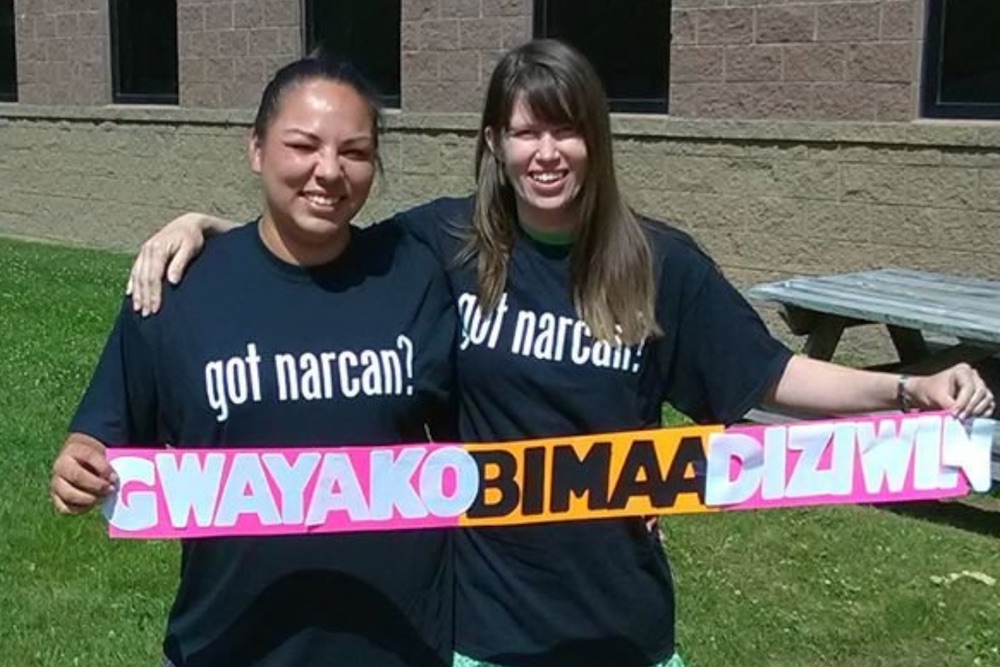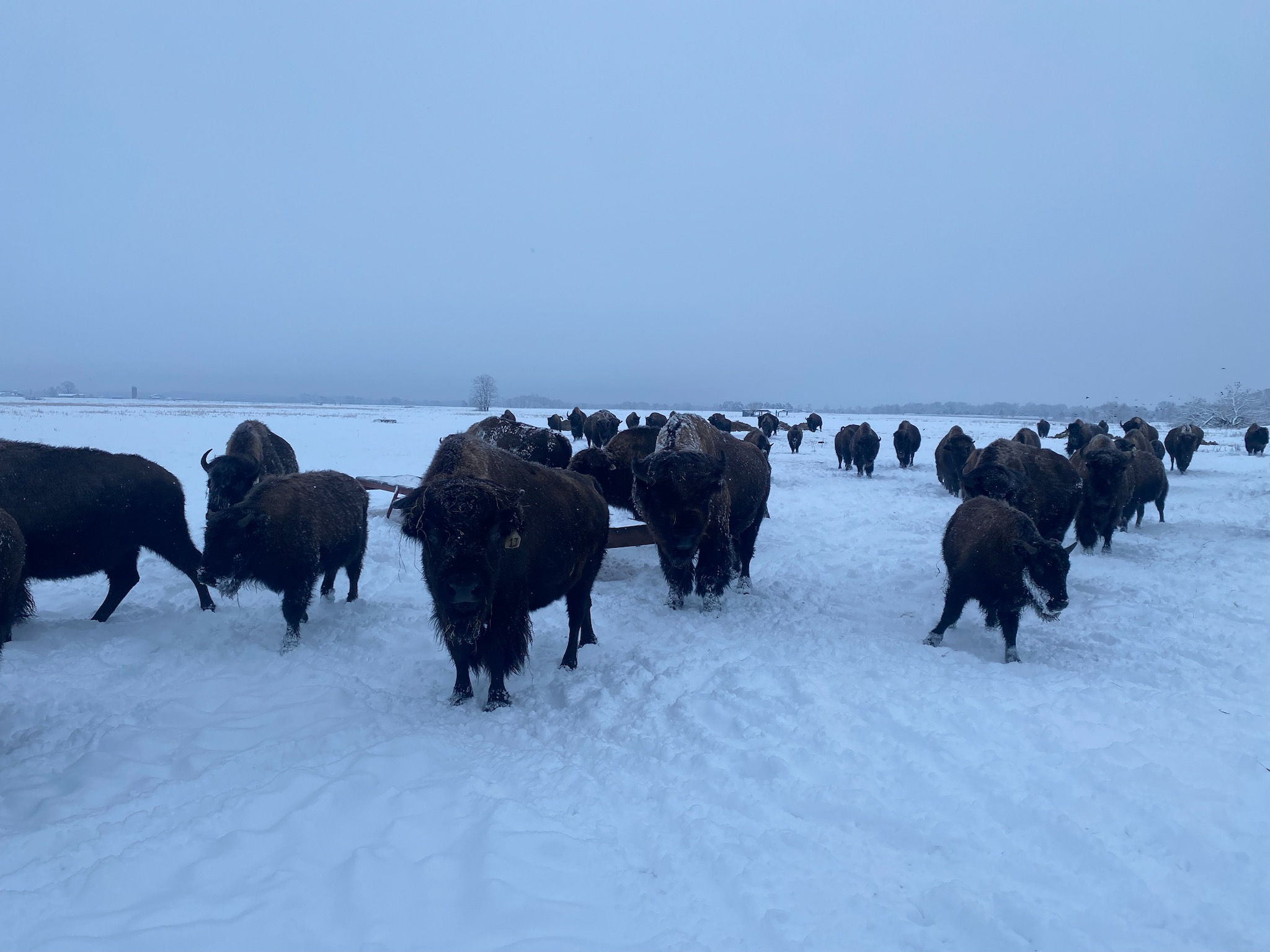Guest Opinion. How do we determine who is Native American? The mainstream media has over the years reported on this question relative to the false claims of non-profit leaders, for-profit entities, and university professors. But the fraud persists and the answer to that existential question remains unanswered. That answer is vital not only to combatting the phenomenon of ethnic fraud—i.e. non-Indians claiming to be Native American—but accepting legitimate Native Americans who live in ethnic purgatory due to colonial Tribal enrollment and dislocation practices.
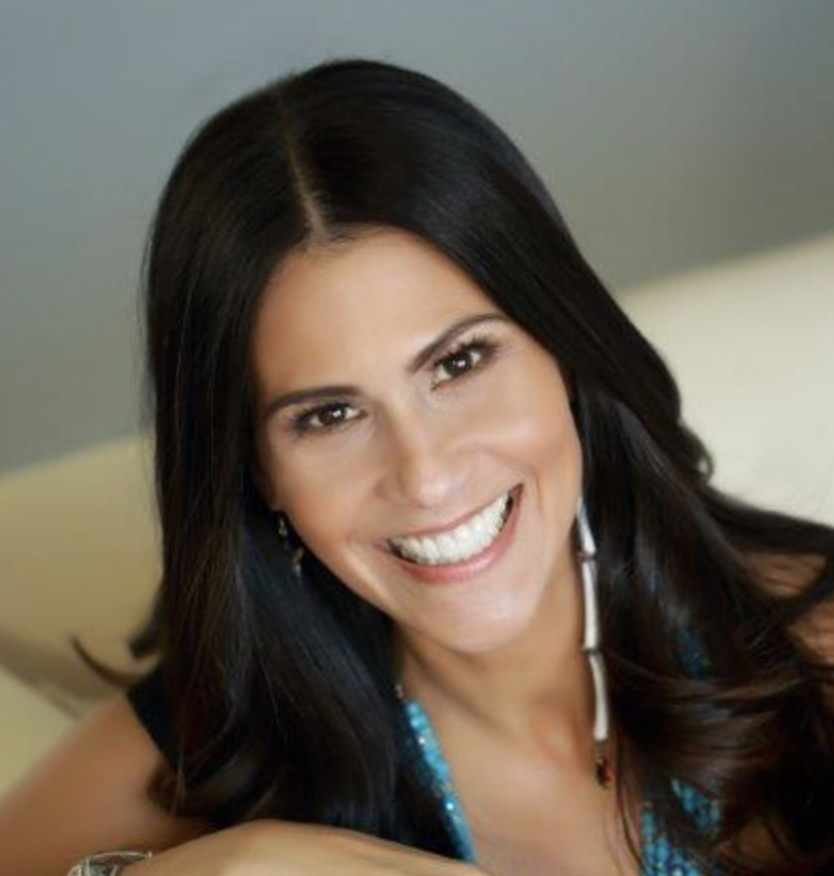
A critical conversation on how to resolve this question is long overdue. As we grapple with the very real issue of ethnic fraud—which Native people often call "Pretendianism"—we must be careful not to cast too wide a net, inadvertently ensnaring and harming legitimate Native Americans who have been barred from enrollment or disenrolled.
This complexity is particularly present in California. The U.S.’s failure to ratify California tribes’ treaties in the 1850s, the termination of dozens of rancherias in the mid-20th century, and the ongoing struggles for federal acknowledgment and competition for economic prosperity have created a landscape where Tribal enrollment alone does not capture the full scope of Native kinship. As a result, many Native Americans who descend from Californian Tribal peoples are left in a precarious position: deeply connected to their culture and communities yet lacking enrollment due to shifting Tribal policies and standards.
My own experience underscores the dangers of oversimplifying how we define who is Native American. My identity was publicly questioned by a very high profile Tribe. And my very existence became news headline fodder; my life story reduced to clickbait. Yet after the Tribe withdrew the accusation, and after I repeatedly informed the publisher of this withdrawal, my requests to take down the article or, at the very least, correct it were ignored. Sadly, it is common in today’s media environment for false narratives to spread like wildfire but the courage to make corrections dwindle to ash. As a result, lives are destroyed.
After authentically living my entire life as a Native American, and decades building an educational career based on my lived experience, I found myself wrapped up in a public scandal. The harm I—a Luiseño/Payómkawichum and Tongva woman, mother, and academic—and my family endures persists to this day. This painful experience shows how dangerous it is to let others dictate who is 'Native enough'—especially in an era of viral news and quick judgments.
I am a rare example of someone who has been wrongly accused of ethnic fraud. While Tribal enrollment is one way to establish genuine Native identity, it is not a foolproof method to prove or disprove a person’s Native American heritage. Other valid forms of ancestral and historical documentation of one’s family lines and ancestry include federal land and census records, as well as other kinds of legal documents. Native Americans are one of, if not the, most papered communities in the U.S. This means that, like others who live in Native American ethnic purgatory, I have numerous federal documents that acknowledge my and my family’s heritage and belonging.
While oral teachings were once enough to establish one’s Tribal belonging, times have changed. Things are much more complicated due to colonization. Therefore, I support the necessity of providing legitimate documentation when necessary to affirm an individual’s claimed status.
On the flipside, accusations of fraud without any proof or context can devastate the careers, relationships, and reputations of legitimate Native Americans. These claims leave lasting scars on those individuals and their families—and for generations if they are left unchecked.
When powerful figures weaponize identity - from Trump’s baseless attacks on Harris's Blackness to those questioning Native belonging without evidence - they reveal the same destructive pattern: using their platform to inflict harm.
So how do we combat, on one hand, the harmful exclusion of legitimate Native people from their tribes, while guarding against wrongful Native-claiming? Solving this problem requires a delicate balance. It’s not binary.
We must honor the sovereign right of Tribes to determine their membership while also recognizing that Native relationality extends beyond Tribal enrollment. This is especially crucial as generations of Native youth face increasing difficulties meeting enrollment criteria, often due to the very federal policies designed to assimilate or terminate Tribal communities.
Some Tribes are already taking steps to address this challenge. The Federated Indians of Graton Rancheria, for example, has established scholarship programs that support non-enrolled, documented California Indians—a model of inclusivity that acknowledges the broader Indigenous community while respecting Tribal sovereignty. Graton has also passed a Tribal constitutional moratorium on disenrollment.
But there is so much more education and work to be done.
My own experience is a reminder that dedication to one's communities offers no shield against the impact of public accusations—even those that are withdrawn. It challenges us to thoughtfully consider: How do we uphold accountability while preserving fairness and due process? Shall we stand idle while our own kin face exile, their place in our circle erased with a whisper? This complex dilemma invites us to pause, reflect deeply, and approach such sensitive issues with great care, always mindful of our sacred teachings on Indigenous kinship and belonging.
I speak as a living testament to survival—a proud California Indian woman whose ancestors endured the genocide that nearly erased our people. Their indomitable spirit courses through my veins, a legacy of resilience in the face of unspeakable hardships. My very existence honors their fight and fulfills their deepest hopes. I am not just their descendant; I am the realization of their dreams, standing strong to ensure our story continues. In every step I take, every word I speak, I carry forward the sacred trust of my forebears, embodying their sacrifice and unwavering determination. Only by embracing the full spectrum of Native experiences can we hope to build a more inclusive and just future for all Indigenous peoples, honoring the relationships that define our communities while safeguarding against those who exploit our cultures for personal gain.
This is a dedication to our ancestors, our children, and those yet to come, honoring our commitment and potential to create a better future.
Joely Proudfit (Payómkawichum and Tongva) Professor and Department Chair of the American Indian Studies Department at CSU San Marcos and Director of the California Indian Culture and Sovereignty Center (CICSC) at CSUSM.
Help us tell the stories that could save Native languages and food traditions
At a critical moment for Indian Country, Native News Online is embarking on our most ambitious reporting project yet: "Cultivating Culture," a three-year investigation into two forces shaping Native community survival—food sovereignty and language revitalization.
The devastating impact of COVID-19 accelerated the loss of Native elders and with them, irreplaceable cultural knowledge. Yet across tribal communities, innovative leaders are fighting back, reclaiming traditional food systems and breathing new life into Native languages. These aren't just cultural preservation efforts—they're powerful pathways to community health, healing, and resilience.
Our dedicated reporting team will spend three years documenting these stories through on-the-ground reporting in 18 tribal communities, producing over 200 in-depth stories, 18 podcast episodes, and multimedia content that amplifies Indigenous voices. We'll show policymakers, funders, and allies how cultural restoration directly impacts physical and mental wellness while celebrating successful models of sovereignty and self-determination.
This isn't corporate media parachuting into Indian Country for a quick story. This is sustained, relationship-based journalism by Native reporters who understand these communities. It's "Warrior Journalism"—fearless reporting that serves the 5.5 million readers who depend on us for news that mainstream media often ignores.
We need your help right now. While we've secured partial funding, we're still $450,000 short of our three-year budget. Our immediate goal is $25,000 this month to keep this critical work moving forward—funding reporter salaries, travel to remote communities, photography, and the deep reporting these stories deserve.
Every dollar directly supports Indigenous journalists telling Indigenous stories. Whether it's $5 or $50, your contribution ensures these vital narratives of resilience, innovation, and hope don't disappear into silence.
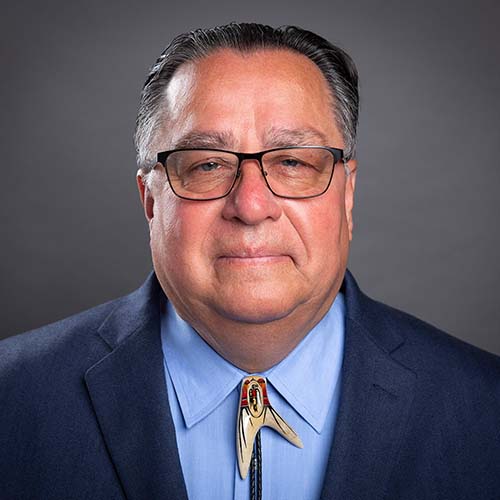 The stakes couldn't be higher. Native languages are being lost at an alarming rate. Food insecurity plagues many tribal communities. But solutions are emerging, and these stories need to be told.
The stakes couldn't be higher. Native languages are being lost at an alarming rate. Food insecurity plagues many tribal communities. But solutions are emerging, and these stories need to be told.
Support independent Native journalism. Fund the stories that matter.
Levi Rickert (Potawatomi), Editor & Publisher



